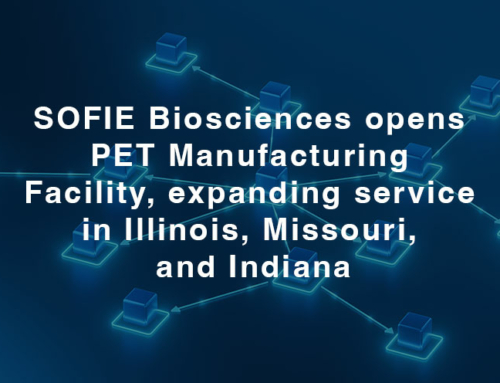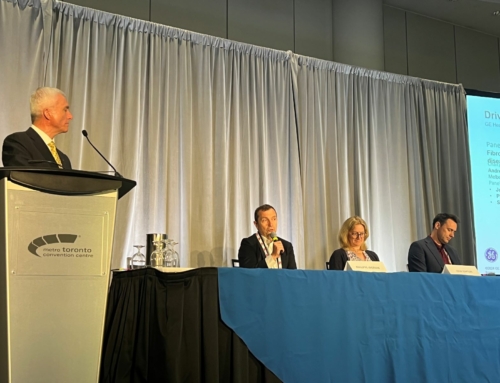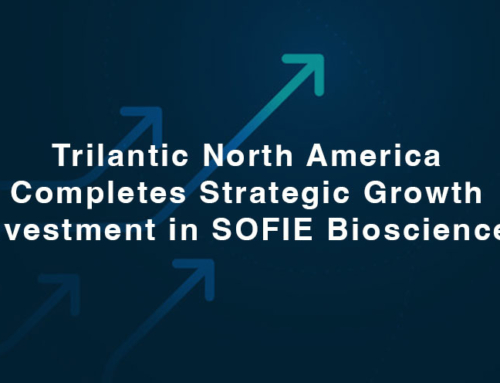CULVER CITY, CA, Tuesday, December 7th, 2010 – Sofie Biosciences, a developer of agents and devices for the molecular imaging of disease, announced today the closing of an additional $2 million from new and existing investors. Funds will be used for the development of new PET imaging agents and for enhancements to their PET imaging systems and chemistry units. The round includes the first institutional and large corporate financing to the firm including investment by the Cycad Group. “This investment represents an important step towards achieving our goal of rapidly commercializing new PET technologies and imaging agents in an effort to make PET more widely accessible to more physicians and scientists,” said Patrick Phelps, President and CEO of Sofie.
Sofie Biosciences’ efforts are largely geared toward the development of novel PET probes, which physicians use to diagnosis, stage, and monitor a variety of diseases as well as for better management of a patient’s treatment.
Sofie has obtained an exclusive license from the University of California to a family of PET molecular imaging agents collectively referred to as FAC. FAC has been shown in preclinical animal research and early patient studies to have promise as a whole-body, noninvasive means of determining whether a cancer patient will respond to a class of therapeutics known as nucleoside prodrugs. At present, this class of drugs is widely used in patient care, and is the subject of a large number of current clinical trials. FAC also shows early indications that it will be the first means available to image the activation of the immune system and the organ distribution of immune response to diseases, immunotherapies, infections, and organ rejection over time.
Rather than focusing its initial commercialization efforts on the expensive clinical development of imaging probes, Sofie has made it a priority to first make PET imaging technology, like its bench-top small animal PET scanner, GENISYS, and the preclinical use of its FAC agent, more widely accessible to researchers. They hope this will lead to further utilization of PET, increased adoption of Sofie’s agents into cutting edge research, and eventually in the clinic, which will further fuel the adoption of this potentially life saving medical imaging technology.






